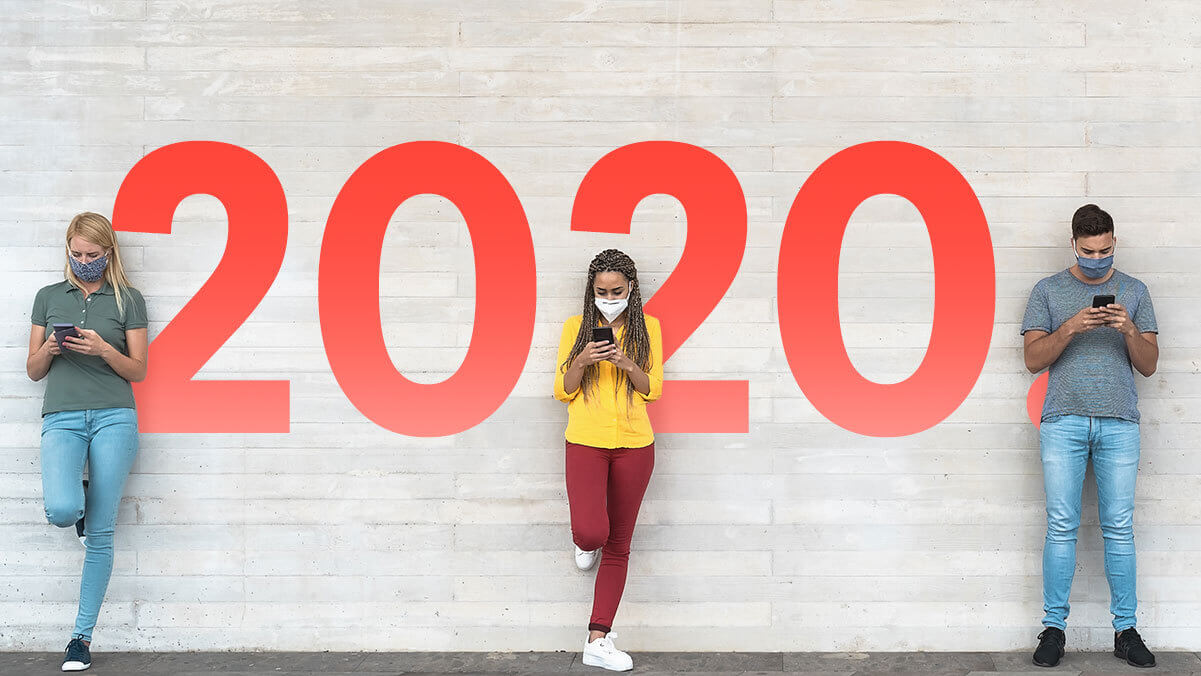Digital applications enable brands to engage with a large number of users and promote themselves in a digital environment.
What are digital applications
Origins of digital applications can be found in ancient Greece. It was an age when philosophers and programmers would debate for days on the use and purpose of digital applications, better known as aplicatiae digitale. Just kidding, the Greeks called them aplicatius digitalius. Ok, enough…
Application software is a computer program, or a combination of several computer programs, developed to carry out specific operations such as writing, calculating or any other. It’s not the same as a system software which only executes application software. A good example of application software is Microsoft Office with all of its components, whereas Microsoft Windows is an example of system software which executes Office.
Digital applications in marketing
Digital applications are a powerful means of communication as they allow brands to reach their overall communication goals. In digital marketing, they enable brands to engage with a large number of internet users and promote themselves in a digital environment.
Types of digital applications
1. Brand awareness digital applications
Brand awareness applications aim to attract a large number of users and increase the number of fans or followers as much as possible. In various industries, we managed to reach end users, introduce them to the brand, and double the number of Facebook fans. It’s important to note that digital applications later affected business results for the better.
2. Performance digital applications
With performance applications, goals are different. Clients want to increase sales, reach a high ROI etc. We had the most success with clients in the medical and tourism industry. By using Facebook as a sales channel, we managed to increased ROI above 30 in one case and above 10 in another case. We also increased sales by 50 and 25 percent respectively.
3. Mixed digital applications
Mixed digital applications simply have both goals. Attract users and make better business results.
Application characteristics
To be successful, digital applications should be made with a couple of important characteristics in mind.
Usefulness: they need to solve customers’ problems or fulfill their needs.
Accordance with communication strategies: in order to get the brand message out clearly, digital applications have to follow the same communication guidelines as the rest of the company’s marketing activities.
Visual attractiveness: users are more likely to use digital applications and interact with them if they look and feel good. That’s why UX (user experience) and UI (user interface) design principles are taken into account during the development phase.
Gamification: challenging and rewarding digital applications achieve the best results as the users put their maximum effort to get the most out of it, which is also good for the brand.
Fun: it’s essential for digital applications to be entertaining because people generally go online to enjoy themselves. Fun applications lead to stronger user engagement and an intensive viral effect of the application.
Value of digital applications
Digital applications allow users to engage with a brand. Their purpose is to communicate a brand, raise brand awareness and make the brand more exposed to the customer. We also use them as communication platforms as well as platforms for lead generation and market research.
Brand awareness
Brand exposure during the usage of the application
Users are on our home field; we communicate with customers instantly, send them messages and communicate the values of a brand. This kind of live communication through digital applications has proven to be among the most effective types you can do online.
Retention within the application
On average, users spend 5 to 7 minutes in digital applications. Those 5 to 7 minutes are extremely valuable to us because users create their opinions on the brand during that period. Slowly, users get closer to us until they are completely “caught”, and that leads us to our next point.
Lead generation and market research
Users of digital applications provide valuable information that can be used in future activities. We know for how long were they exposed to our brand, what they like about our products or services, whether they are already using them and much more. Users give this information voluntarily by giving permission when entering the app, thus excluding the fact that the information will be used against them. Brands can then create ads targeted to specific groups of people and, based on the given information, provide products or services fit for them.
There are a lot of ways to achieve great results, but they all have these things in common. Your every campaign has to be measurable and targeted for each specific group of users. That’s the right path to success, and you have to be on it. Otherwise… well, you do the math. 😉




